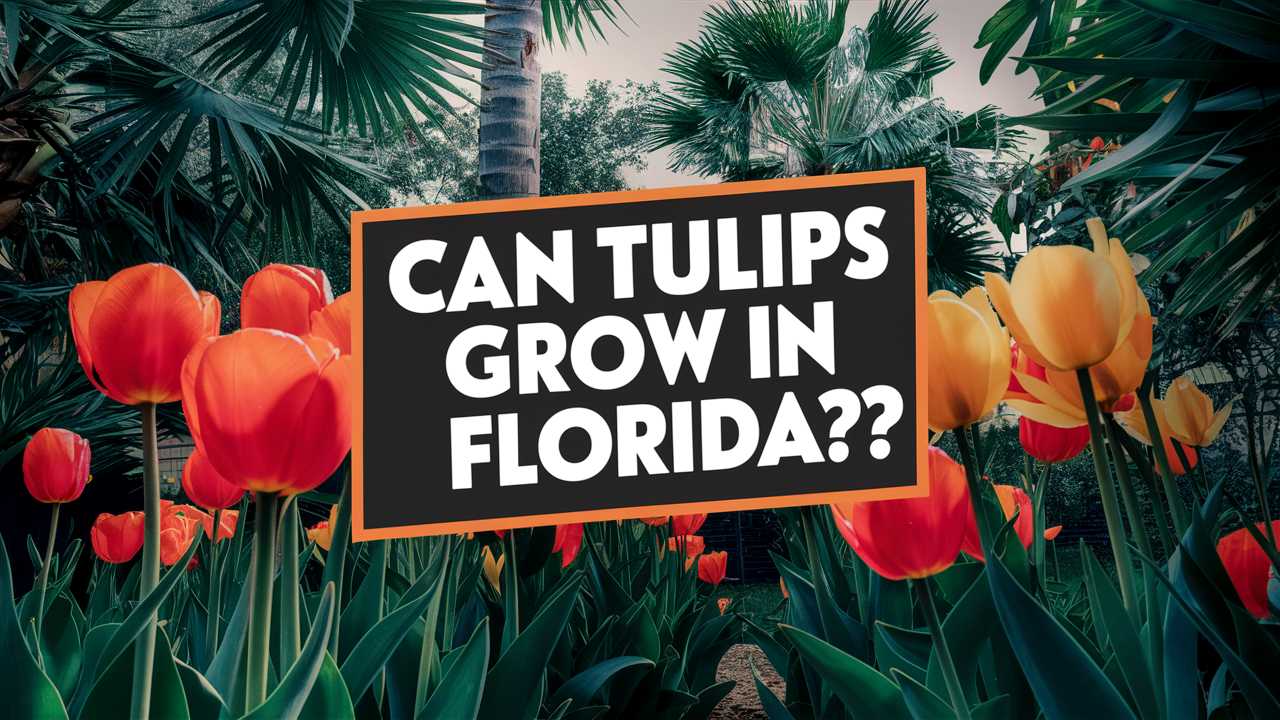Can tulips grow in Florida? The answer is not straightforward, and this blog post will dig into the factors that influence tulip growth in Florida, the best practices for cultivation, and alternative solutions for those who want to enjoy these stunning flowers in their gardens.
Understanding Tulips and Their Growing Requirements
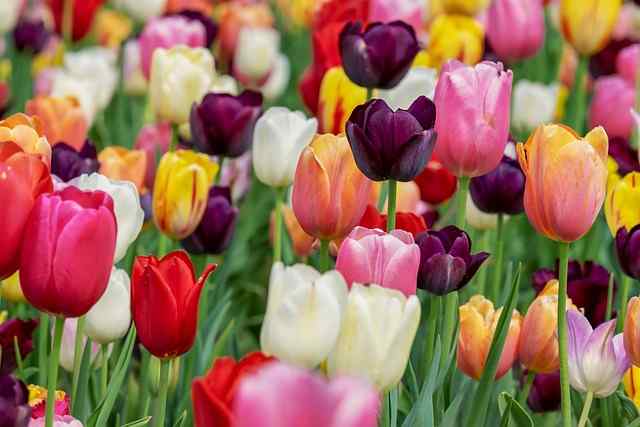
Before we jump into the specifics of growing tulips in Florida, it’s essential to understand the natural habitat of these flowers. Tulips (genus Tulipa) are native to regions such as Central Asia and parts of Europe, particularly the Mediterranean. They thrive in a climate that has distinct seasonal changes, with a cold dormant period during winter.
Growing Conditions for Tulips
Tulips prefer:
Cooler Temperatures: Generally, tulips require a chilling period of about 12 to 14 weeks with temperatures consistently between 35°F to 50°F (1.7°C to 10°C). This chilling is crucial for the bulbs to initiate flower production.
Well-drained Soil: Tulips thrive in well-draining sandy or loamy soils. Poor drainage leads to bulb rot.
Sunlight: Full to partial sunlight is best; plants usually need around six hours of sun daily.
Moderate Watering: While tulips need moisture for growth, over-watering can lead to various issues, such as fungal diseases and bulb rot.
Understanding these requirements can help us determine if growing tulips in Florida is feasible.
The Challenges of Growing Tulips in Florida

Florida’s climate presents challenges for tulip cultivation due to its subtropical nature, characterized by mild winters and hot, humid summers. Here are specific factors that can hinder tulip growth:
Lack of a Chilling Period
As indicated earlier, tulips need cold temperatures to thrive, which are not characteristic of Florida’s climate. While northern states experience freezing winters, Florida’s winters are mild, often exceeding the required chilling hours.
Soil Composition and Drainage
Many Florida soils are naturally sandy, which can be beneficial for drainage but may also lead to nutrient leaching. Depending on where you reside in Florida, the soil might require amendments to improve its nutrient profile and moisture retention.
Excessive Heat and Humidity
The intense summer heat and humidity of Florida can spell trouble for tulips. These conditions can stress the plants and make them more susceptible to pests and diseases, such as botrytis blight, which thrives in humid environments.
Can Tulips Grow in Florida?
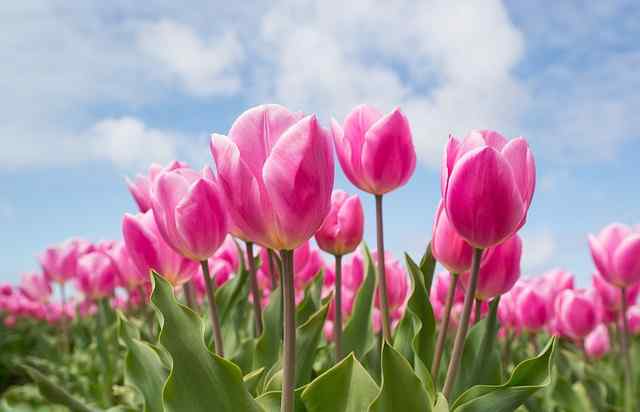
Now that we’ve explored the challenges, let’s answer the question: Can tulips grow in Florida?
With the right techniques and adjustments, it’s possible to grow tulips in Florida, though it requires some extra effort. Many Floridians choose to treat tulips as annuals: planting them annually in the fall and enjoying their beauty for one season.
Choosing the Right Tulip Varieties
If you decide to try your hand at growing tulips in Florida, consider selecting varieties that are more tolerant of warmer climates. Some of the lesser-known, earlier-blooming or low-maintenance species include:
Darwin Hybrid Tulips: Known for their robustness, these tulips can adapt slightly better to less-than-ideal conditions compared to some other varieties.
Wild Tulips: Species tulips like Tulipa sylvestris or Tulipa praestans are more well-adapted to warmer climates and can be a great choice for southern gardeners.
Preparing for Tulip Planting
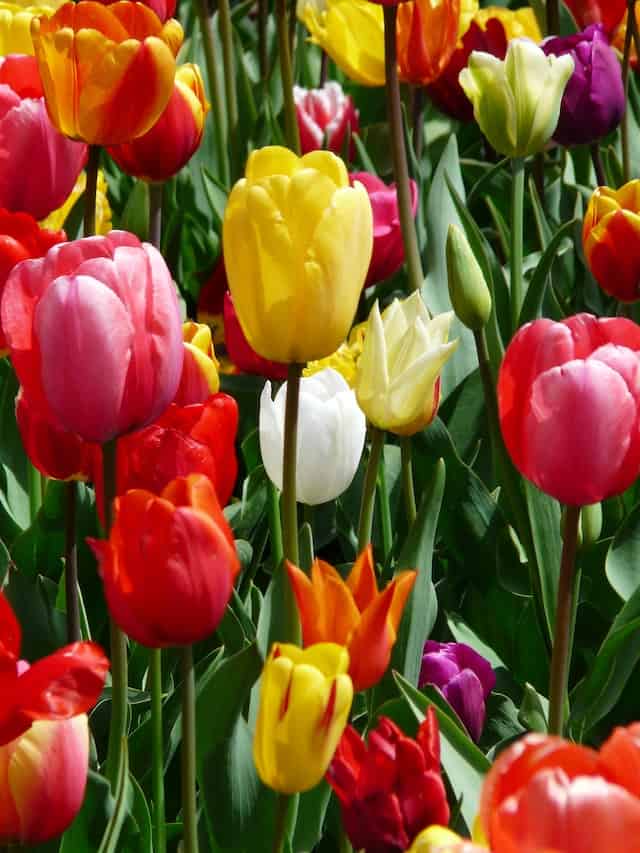
Successful tulip cultivation in Florida begins long before you place the bulbs in the ground. Here’s how to prepare:
Selecting the Right Location
Choose a sunny spot with well-draining soil. Try to identify microclimates in your garden—areas that might get cooler or stay dryer than the surrounding spots. These places can help meet the chilling requirement.
Preparing the Soil
Consider amending the existing soil to enhance drainage and nutrient levels. You can mix organic matter, such as compost, into the soil before planting. This addition will help maintain moisture while providing nutrients.
Pre-Chilling Tulip Bulbs
To compensate for Florida’s lack of winter chill, it’s essential to pre-chill the tulip bulbs. Place them in a paper bag and store them in the refrigerator for about 10 to 12 weeks before planting. Be sure to keep them away from fruits like apples, bananas, and avocados which emit ethylene gas that can inhibit blooming.
Planting Tulips in Florida
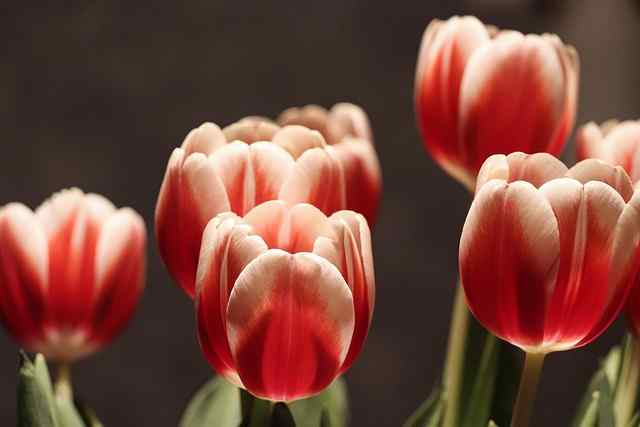
With preparations complete, it’s time to plant your tulips!
Timing of Planting
In Florida, the ideal time to plant tulip bulbs is from late fall to early winter, typically around late November to early December. This timing allows the bulbs to establish and utilize the cooler temperatures of winter, even in the subtropical climate.
Planting Technique
Depth: Plant bulbs about 6 to 8 inches deep. This depth helps protect them from the heat of spring.
Spacing: Space the bulbs approximately 4 to 6 inches apart. This allows each flower enough room to grow without overcrowding.
Orientation: Ensure that the pointed end of the bulb is facing upwards; this position will help the plant grow correctly.
Watering After Planting
After planting, give the bulbs a good drink to settle the soil. Thereafter, water them sparingly; typically, tulips don’t require extensive watering unless there’s prolonged drought.
Caring for Tulips in Florida

Once your tulips are in the ground, proper care is essential to maximize their growth potential.
Fertilization
Consider using a low-nitrogen fertilizer when planting and again when the shoots begin to appear in late winter. A 5-10-10 fertilizer can encourage root development and blooming without excessive foliage growth.
Mulching
Applying a layer of mulch can reduce soil temperature and retain moisture during warmer months. Organic mulch, such as shredded leaves or straw, can also enhance soil structure as it breaks down.
Pest and Disease Management
Be vigilant about pests and diseases. Aphids, snails, and fungal diseases can affect tulips. Manual removal of pests and the application of organic fungicides can help manage these issues.
Enjoying Tulips in Florida

Tulips usually begin to bloom in early spring, offering a colorful display that can brighten any garden.
Displaying Cut Tulips
If you wish to enjoy tulips inside your home, ensure you cut them early in the morning or late in the evening when the temperatures are cooler. Use a clean vase filled with water. Tulips can be relatively short-lived as cut flowers, so consider changing the water regularly and adding a floral preservative.
Post-Bloom Care
After the blooms fade, allow the foliage to die back naturally. The leaves will continue to photosynthesize, helping store food in the bulbs for the next flowering season. Avoid cutting the foliage until it has turned yellow and withered.
Alternative Options for Tulips in Florida
If cultivating tulips proves to be too much for your local climate or if you’re looking for something less labor-intensive, consider these alternative options:
Florida-Friendly Bulbs
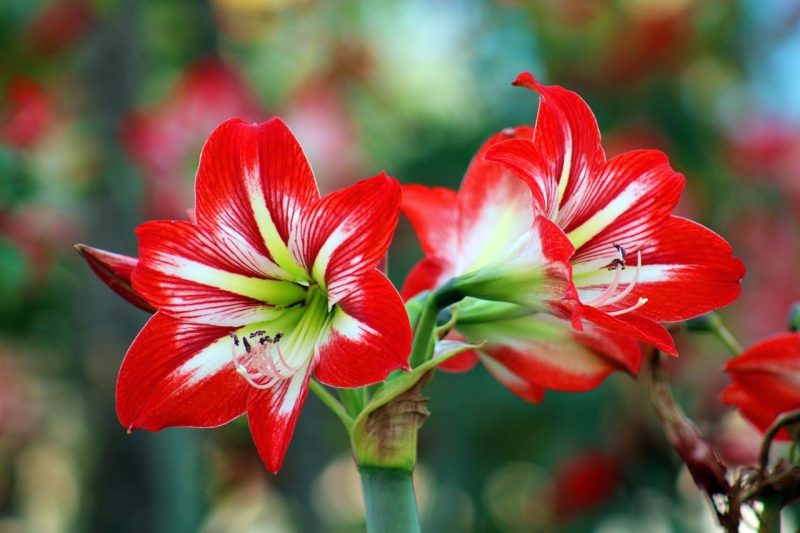
There are many other bulb flowers that thrive in Florida’s climate. Consider planting amaryllis, daffodils, or even native Florida wildflowers that provide beautiful blooms without the fuss.
Container Gardening
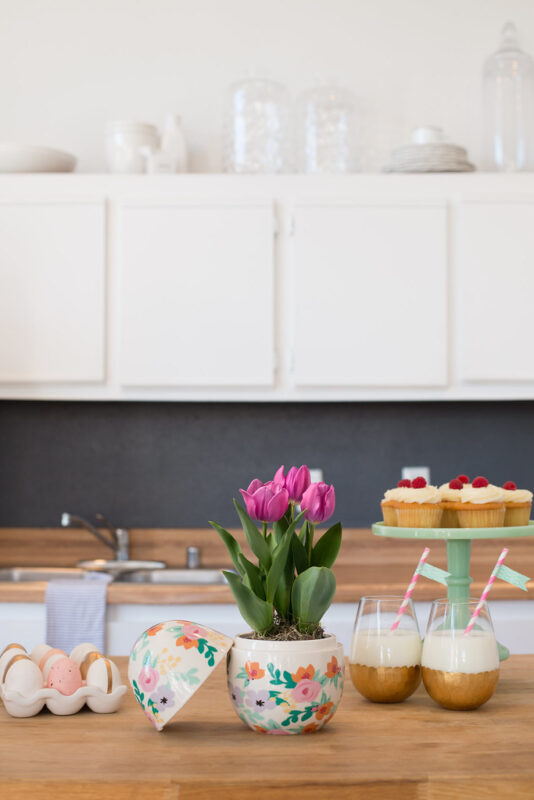
You might also try growing tulips in containers. By bringing the pots indoors to chill them in the refrigerator before planting, you can significantly reduce the risk associated with the Florida climate. Just ensure that your pots have adequate drainage, and be prepared to watch them closely as they bloom.
Florist Alternatives
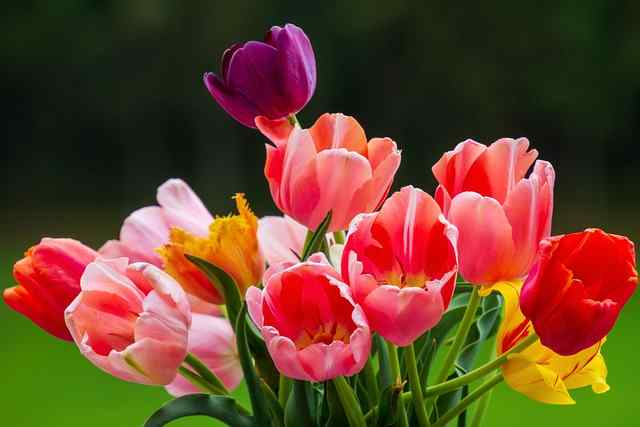
For those who adore tulips but prefer not to grow them, purchasing from a local florist can provide a stunning display while supporting local businesses. Many flower shops offer fresh tulips during their season, often imported from cooler climates.
Conclusion
In conclusion, while it can be challenging, growing tulips in Florida is certainly possible with the right knowledge and techniques. Whether you choose to plant them as annuals, find suitable varieties, or adapt your gardening strategies, there are numerous ways to enjoy the beauty of these iconic flowers. If all else fails, consider the alternatives; after all, gardening is about finding joy in what you grow!


